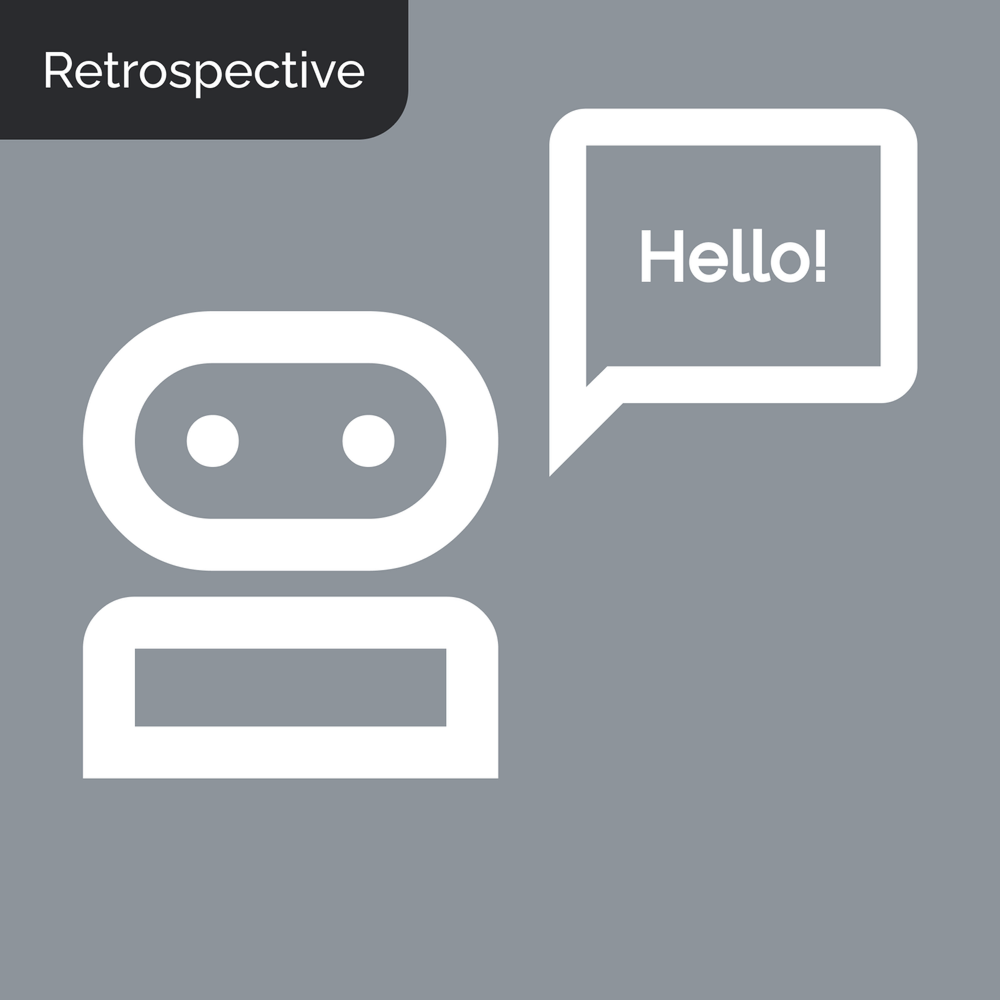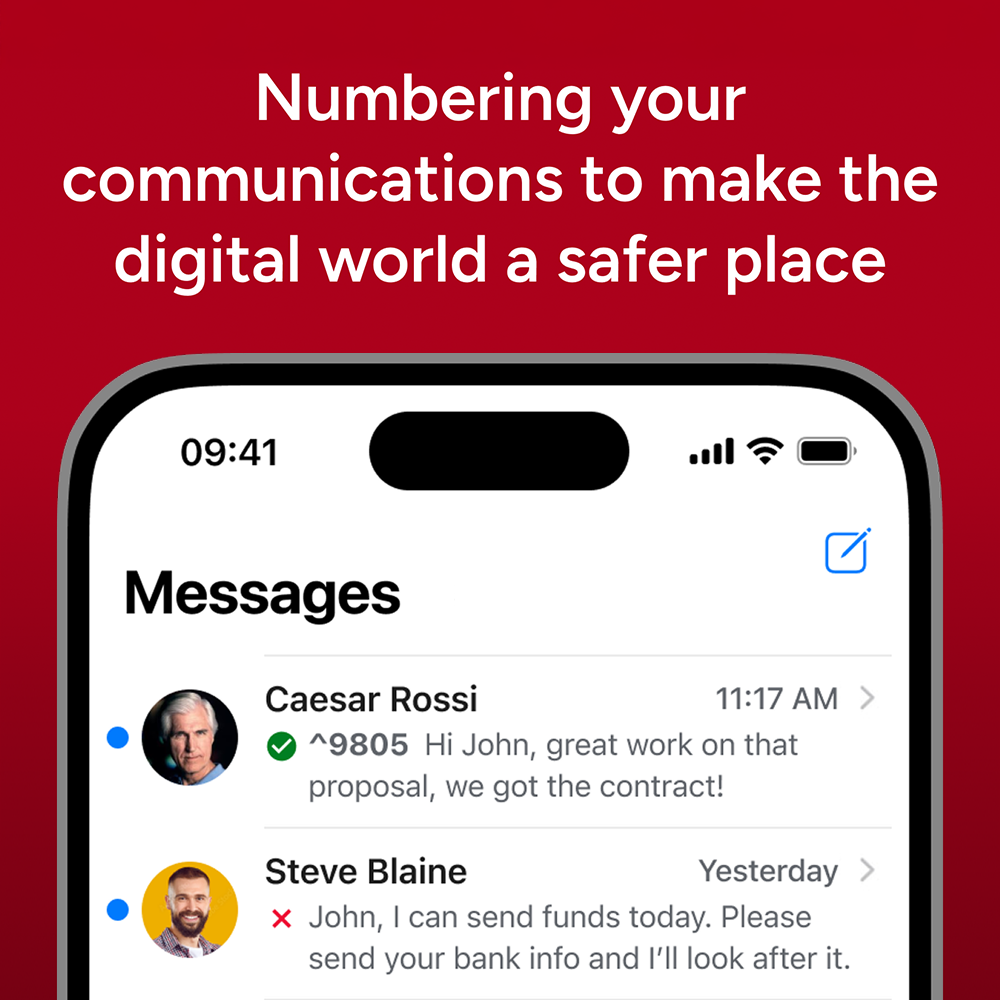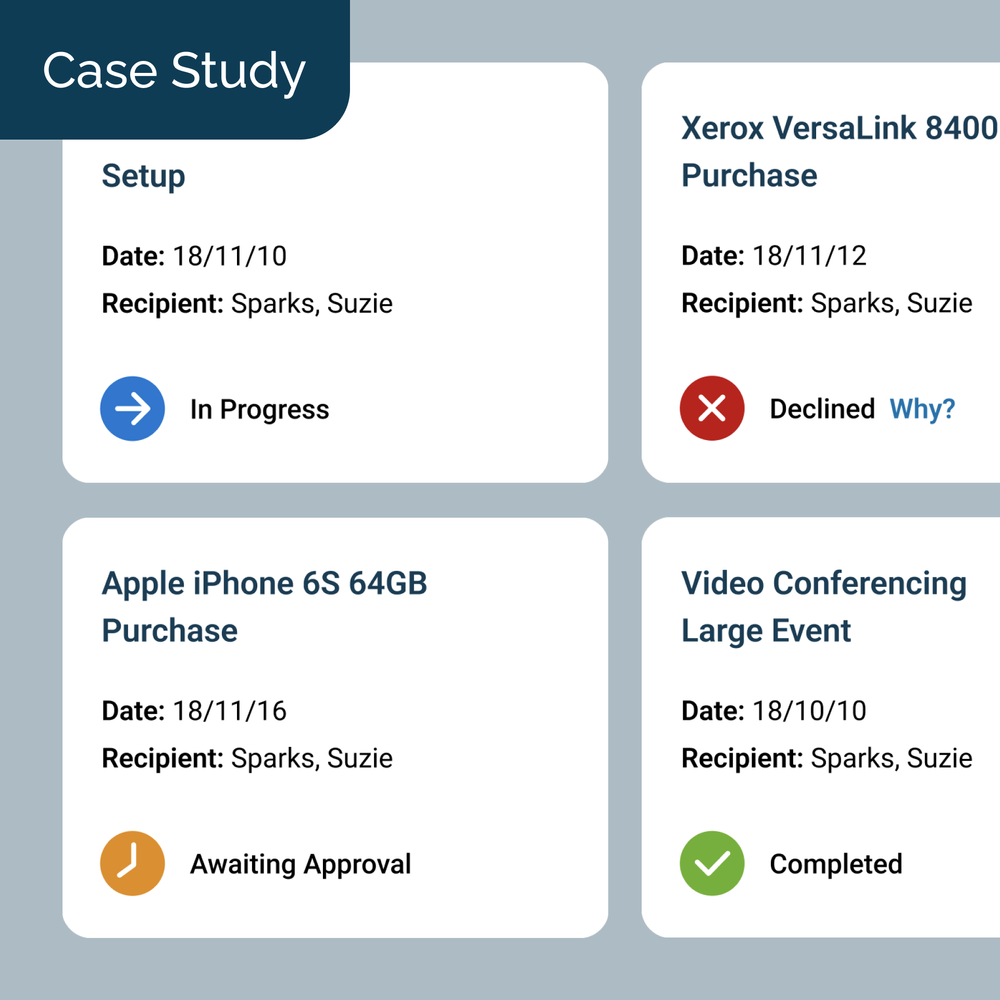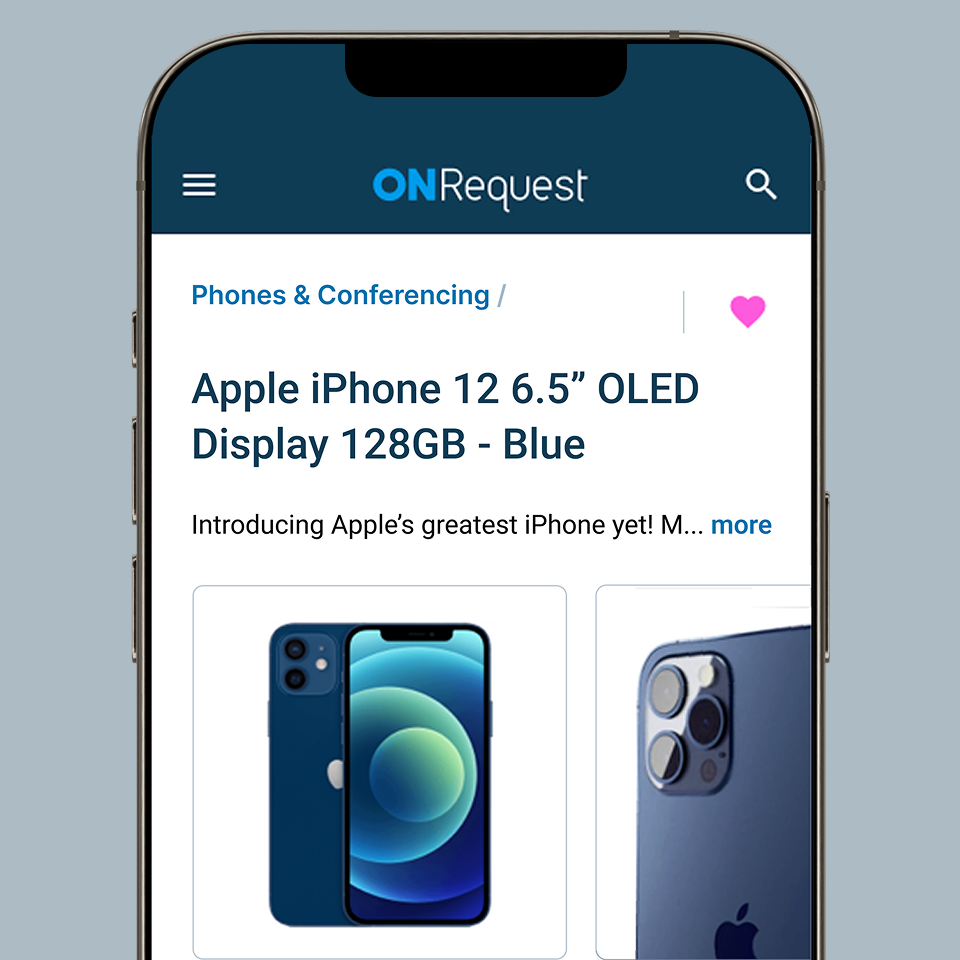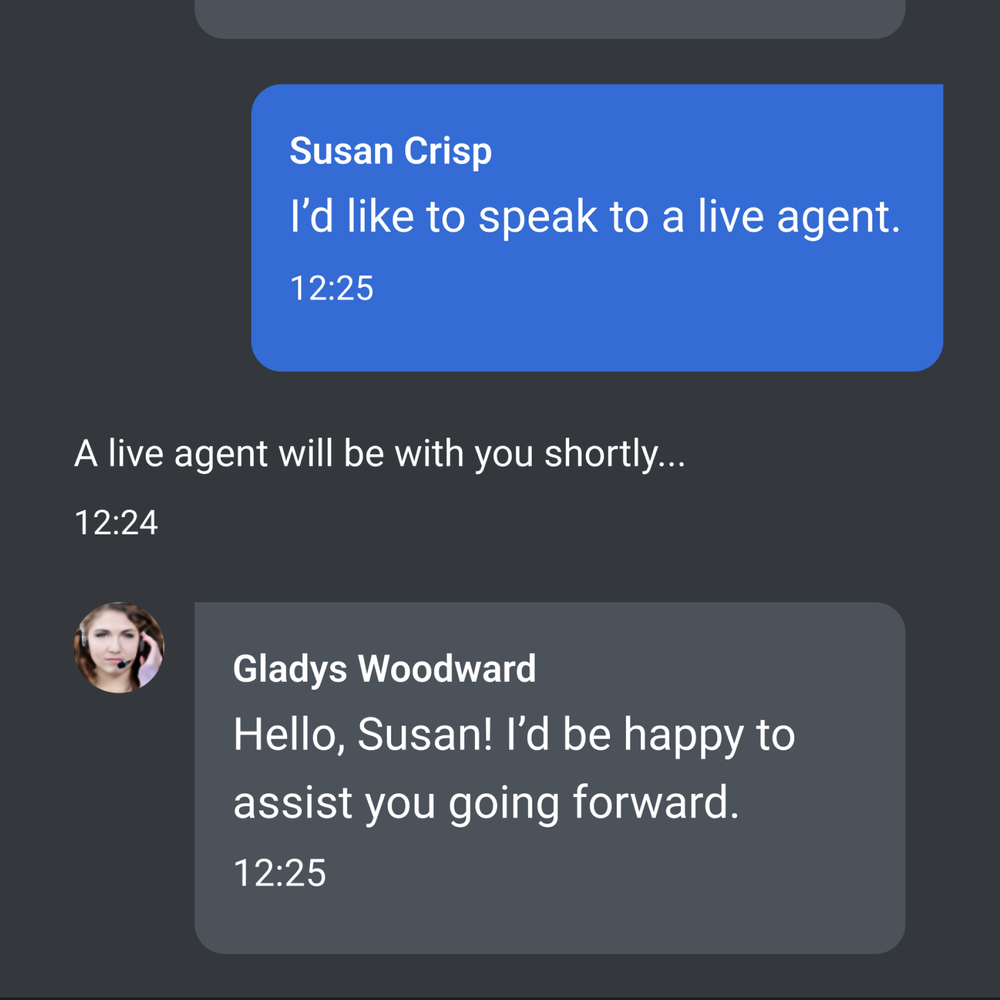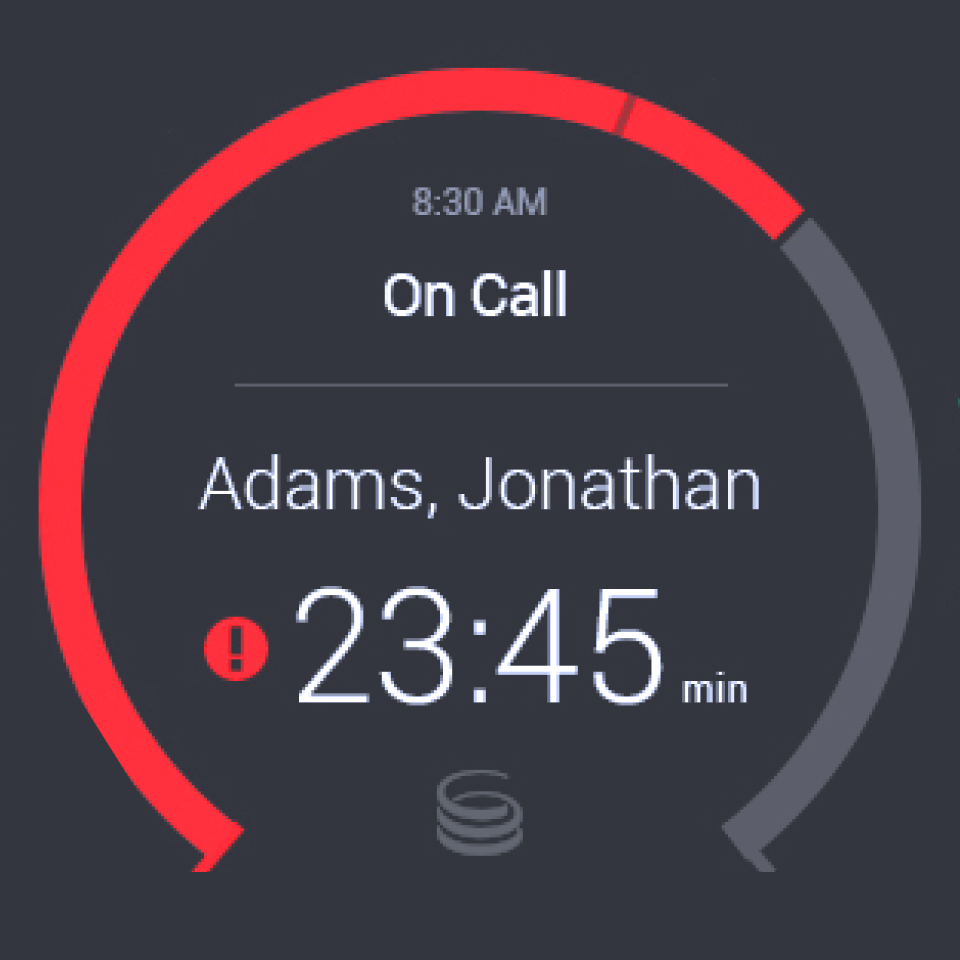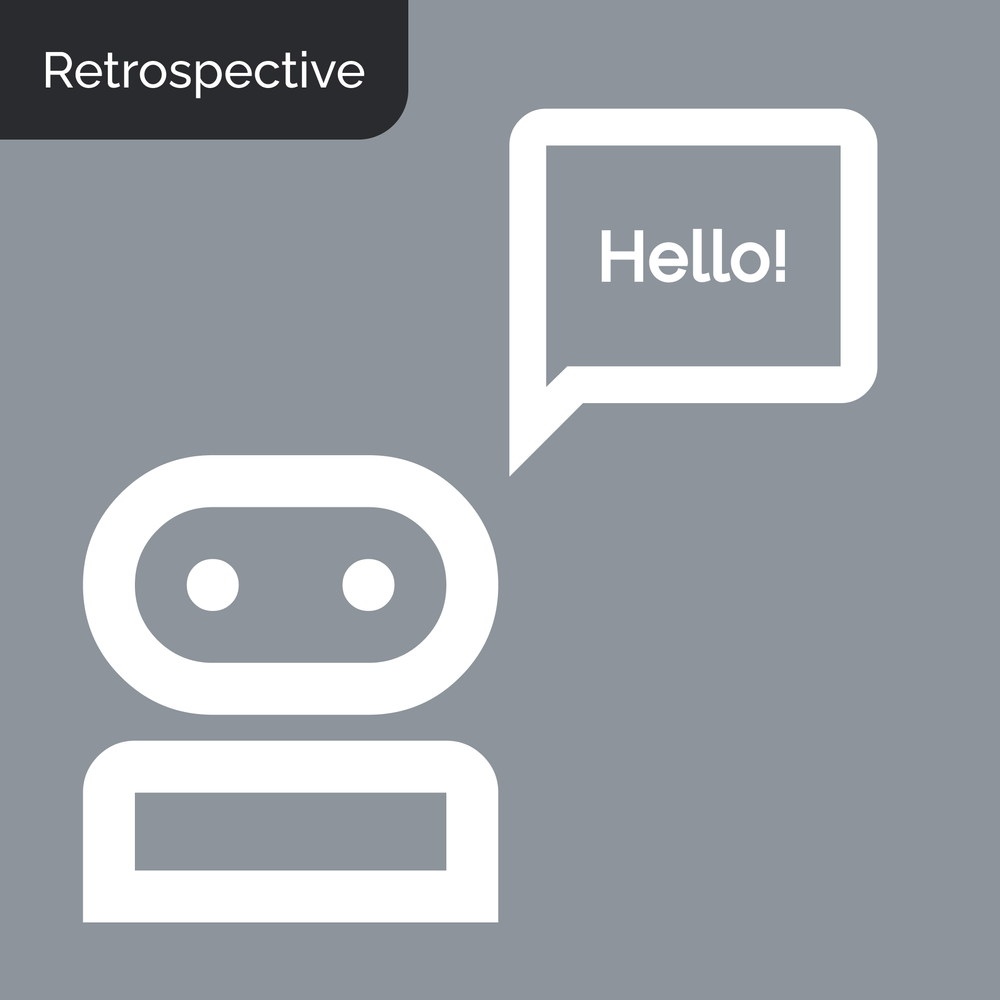Welcome to the UX home of Paul Grant.
GrantUX reflects my UX journey spanning over a decade across top North American brands and government projects, focused on B2B SaaS solutions for startups and large organizations. Due to NDAs, these samples represent just a fraction of my work.
Welcome to the UX home of Paul Grant.
GrantUX reflects my UX journey spanning over a decade across top North American brands and government projects, focused on B2B SaaS solutions for startups and large organizations. Due to NDAs, these samples represent just a fraction of my work.
Portfolio
Welcome to the UX home of Paul Grant.
GrantUX reflects my UX journey spanning over a decade across top North American brands and government projects, focused on B2B SaaS solutions for startups and large organizations. Due to NDAs, these samples represent just a fraction of my work.

